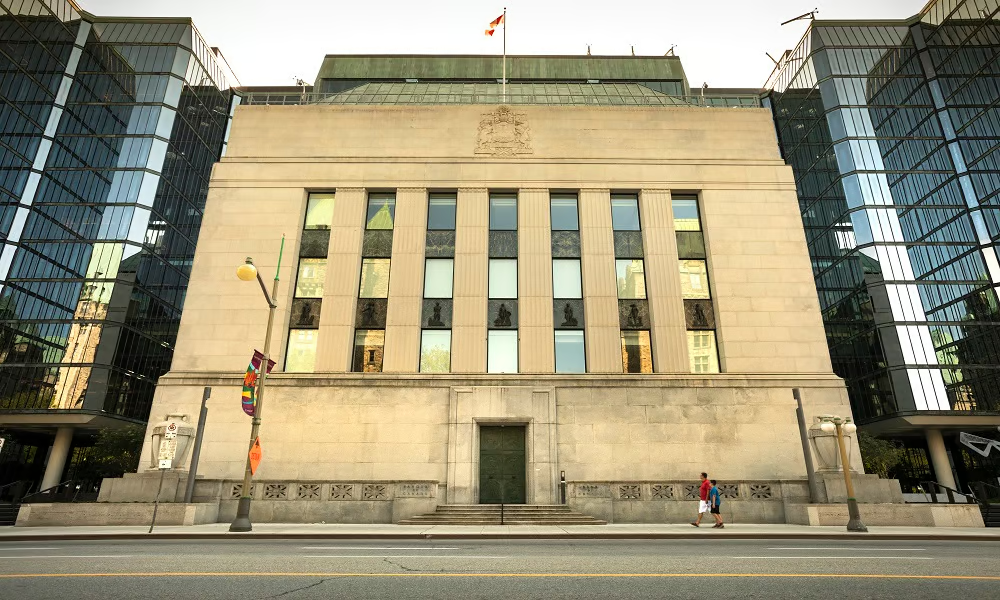After U.S. banking crisis and hotter-than-expected jobs data, will BoC continue to hold the line?

The Bank of Canada has decided to hold its key policy rate once again.
Today’s decision to stand pat at 4.5% – the highest level since 2007 – doubles down on the BoC’s hold last month, in which the central bank broke its streak of eight straight hikes since last year.
Observers and analysts had widely expected the central bank to hold the line again. Despite data on GDP growth and employment suggesting continued strength in the economy, CPI numbers have also shown inflation to be on a decelerating path, suggesting the BoC’s aggressive rate hikes throughout 2022 are starting to have their desired effect.
Indeed, the central bank’s recently released first-quarter business outlook and consumer expectation surveys showed expectations for future inflation are on the decline. However, both business owners and consumers are expecting CPI to stay above 2% until 2025, and the Bank of Canada warned it could remain stubborn.
In a statement, the Bank of Canada said: “Recent data is reinforcing Governing Council’s confidence that inflation will continue to decline in the next few months. However, getting inflation the rest of the way back to 2% could prove to be more difficult because inflation expectations are coming down slowly, service price inflation and wage growth remain elevated, and corporate pricing behaviour has yet to normalize. As it sets monetary policy, Governing Council will be particularly focused on these indicators, and the evolution of core inflation, to gauge the progress of CPI inflation back to target.”
In its statement, the central bank pointed to how demand is still exceeding supply and the labour market remains tight. Economic growth in the first quarter is expected to be stronger than projected in January, with a bounce in exports and solid consumption growth.
It said: “While the Bank’s Business Outlook Survey suggests acute labour shortages are starting to ease, wage growth is still elevated relative to productivity growth. Strong population gains are adding to labour supply and supporting employment growth while also boosting aggregate consumption. Housing market activity remains subdued.
“As more households renew their mortgages at higher rates and restrictive monetary policy works its way through the economy more broadly, consumption is expected to moderate this year. Softening foreign demand is expected to restrain exports and business investment. Overall, GDP growth is projected to be weak through the remainder of this year before strengthening gradually next year. This implies the economy will move into excess supply in the second half of this year. The Bank now projects Canada’s economy to grow by 1.4% this year and 1.3% in 2024 before picking up to 2.5% in 2025.”



